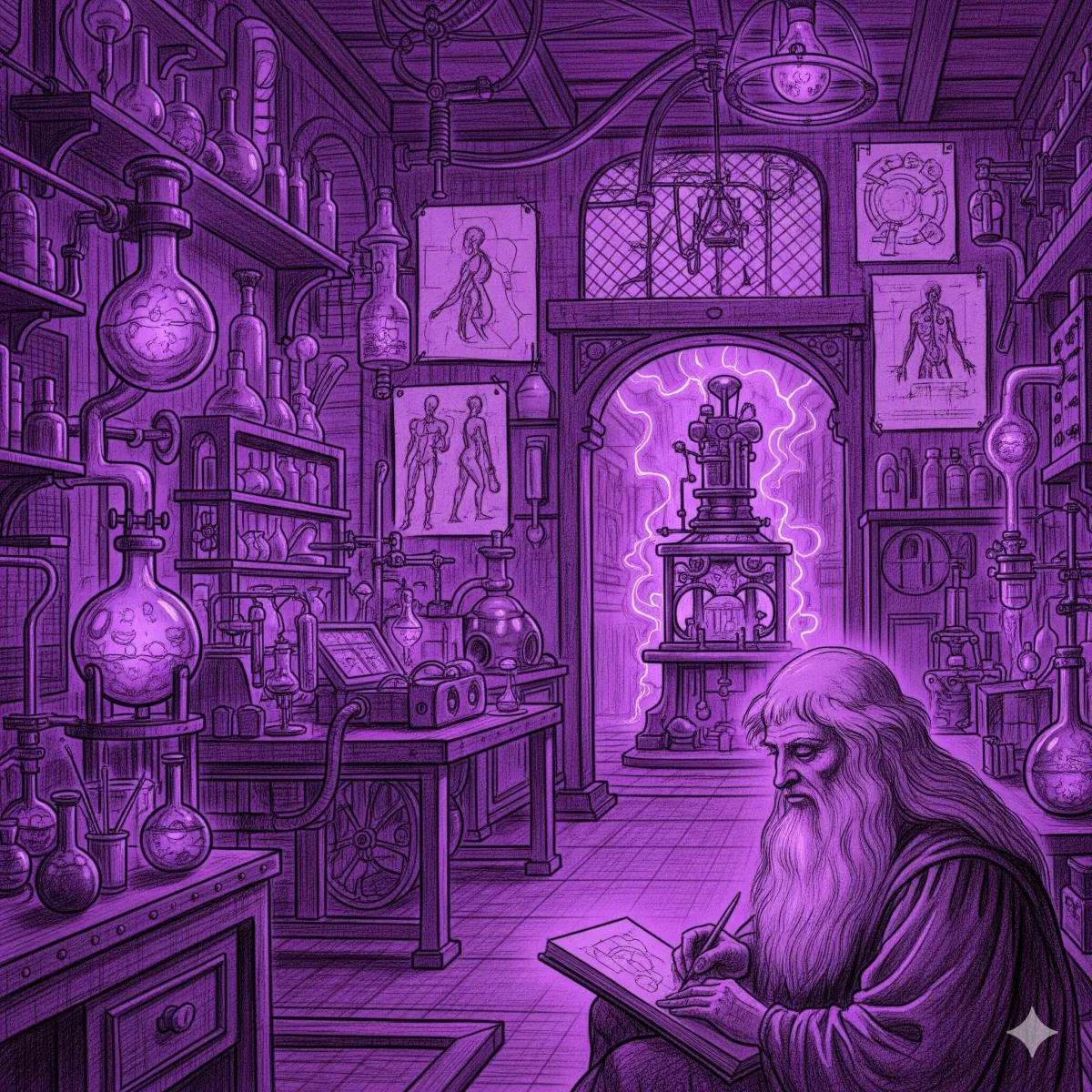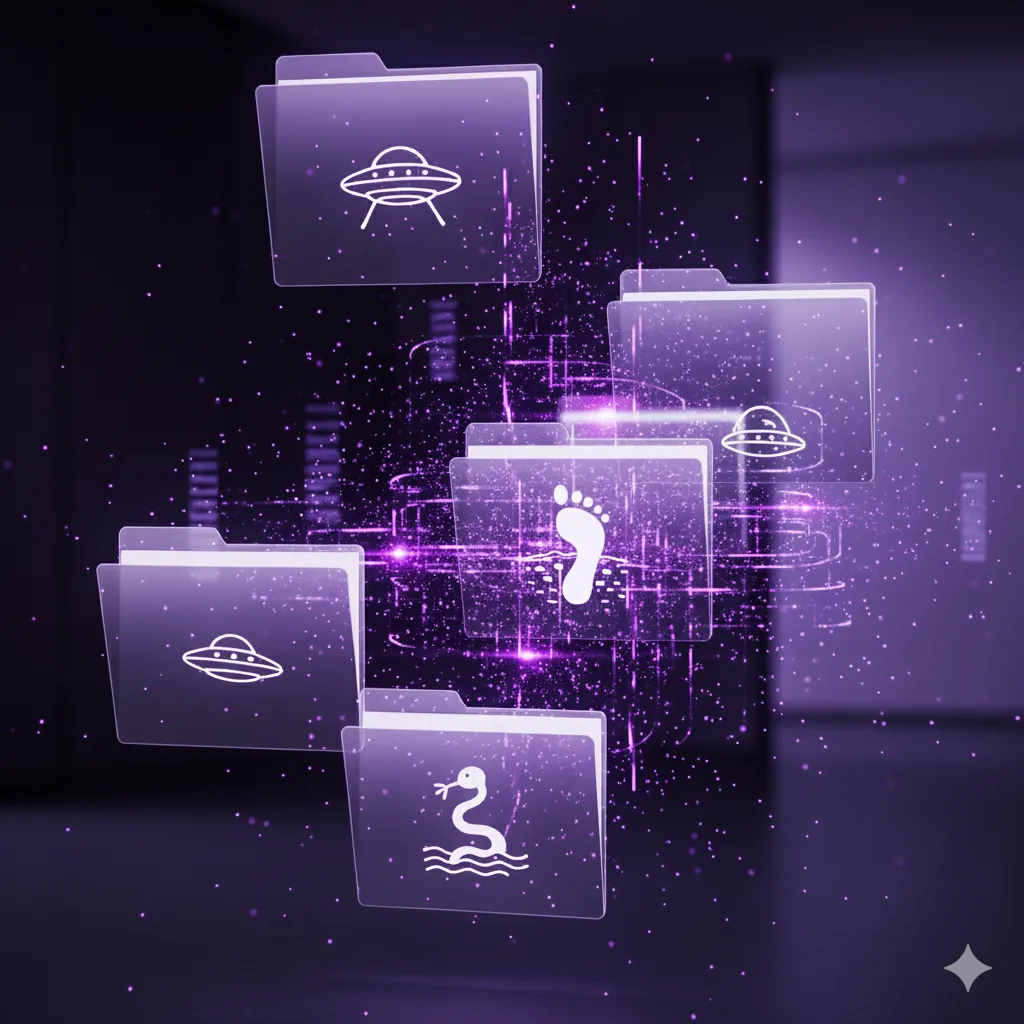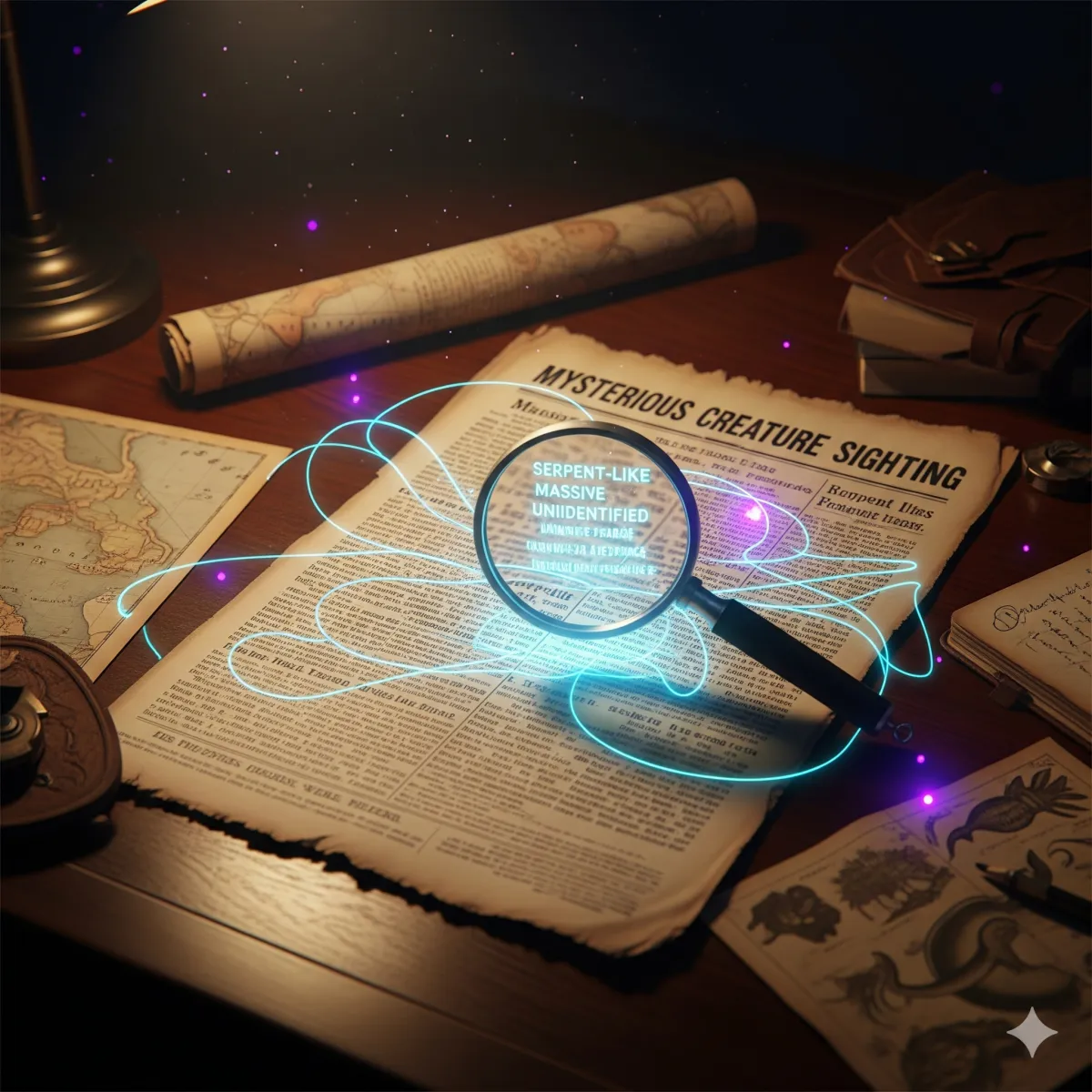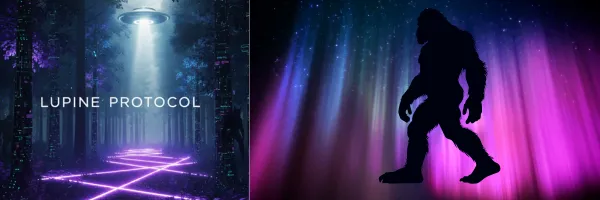

Photo Verification Tools
Forensic Image Analyzer
An image can tell a story, but its hidden data often tells the truth. The Lupine Protocol Forensic Image Analyzer is a tool designed to look beyond the pixels and into the metadata of a digital photo. By extracting and displaying the Exchangeable Image File Format (EXIF) data, you can uncover crucial information about a photo's origin, helping to verify authenticity, cross-reference claims, and detect potential hoaxes.
No file selected.
Analyzing...
How to Use This Tool
- Upload Your Image: Click the "Upload an Image to Analyze" button and select a JPEG, PNG, or TIFF file from your device.
- View the Preview: A preview of your uploaded image will appear on the left so you can confirm you've selected the correct file.
- Analyze the Data: The table on the right will automatically populate with all available EXIF metadata. If no data is found, a message will appear explaining why.
- Look for Clues: Use the "Investigative Use Cases" guide below to interpret the data and find clues about the image's authenticity, origin, and history.
What to Look For: Investigative Use Cases
After uploading an image, the table will populate with its metadata. Here are the key fields to look for and what they mean for your investigation:
📸 Camera & Software Information
- Make / Model: Identifies the exact camera or smartphone used. Does it match the witness's story? A photo claimed to be from the 1990s shouldn't come from an iPhone 15.
- Software: This is a critical field for hoax detection. If it lists "Adobe Photoshop" or another image editor, it's a major red flag that the original image has been altered.
- ExposureTime / FNumber / ISO: These camera settings can expose staged photos. A blurry "creature" photo with a long exposure time and low ISO might just be a mundane object blurred by camera shake in low light.
📅 Timestamp Verification
- DateTimeOriginal: This is the exact date and time the photo was taken, embedded by the camera itself. This is one of the most powerful tools for verifying a witness's timeline for a UFO or cryptid sighting.
- ModifyDate: Shows the last time the file itself was modified. If this date is much later than the original date, it can be a strong indicator of editing.
📍 Geolocation & Hoax Detection
- GPSLatitude / GPSLongitude: Many modern cameras and phones embed precise GPS coordinates. You can use these to confirm if a photo was actually taken at the alleged sighting location (e.g., Bluff Creek, CA) or in someone's backyard hundreds of miles away.
- The Absence of Data: Often, the most telling clue is a complete lack of EXIF data. Images that have been screenshotted, downloaded from social media, or heavily edited often have all their original metadata stripped. While not definitive proof of a hoax, it is highly suspicious and requires much greater scrutiny.
Explore The Mysteries
welcome to the central archive. Lupine Protocol is a unified platform dedicated to the methodical investigation of unexplained phenomena. We bring a data-driven, evidence-based approach to the subjects that exist on the fringes of conventional science. Whether you're a seasoned researcher or a curious newcomer, our mission is to provide the resources, tools, and in-depth analysis you need to explore the world's most enduring mysteries.

"Whether you're documenting the undocumented, investigating the inexplicable, or just addicted to the unknown—this is where legends are born."

Pages
Listed On


Information

© 2025 ward media projects - All Rights Reserved.
